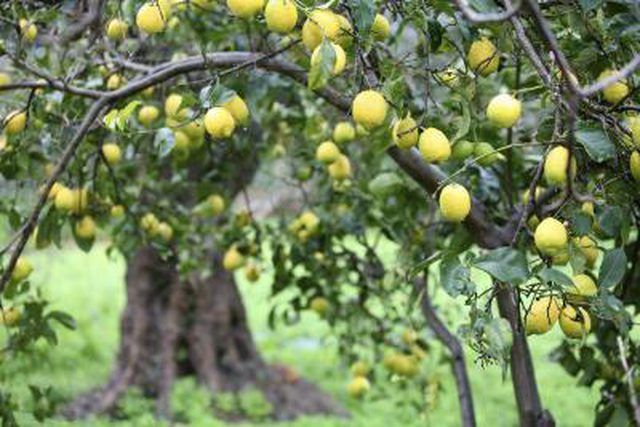Bulbs
Flower Basics
Flower Beds & Specialty Gardens
Flower Garden
Garden Furniture
Garden Gnomes
Garden Seeds
Garden Sheds
Garden Statues
Garden Tools & Supplies
Gardening Basics
Green & Organic
Groundcovers & Vines
Growing Annuals
Growing Basil
Growing Beans
Growing Berries
Growing Blueberries
Growing Cactus
Growing Corn
Growing Cotton
Growing Edibles
Growing Flowers
Growing Garlic
Growing Grapes
Growing Grass
Growing Herbs
Growing Jasmine
Growing Mint
Growing Mushrooms
Orchids
Growing Peanuts
Growing Perennials
Growing Plants
Growing Rosemary
Growing Roses
Growing Strawberries
Growing Sunflowers
Growing Thyme
Growing Tomatoes
Growing Tulips
Growing Vegetables
Herb Basics
Herb Garden
Indoor Growing
Landscaping Basics
Landscaping Patios
Landscaping Plants
Landscaping Shrubs
Landscaping Trees
Landscaping Walks & Pathways
Lawn Basics
Lawn Maintenance
Lawn Mowers
Lawn Ornaments
Lawn Planting
Lawn Tools
Outdoor Growing
Overall Landscape Planning
Pests, Weeds & Problems
Plant Basics
Rock Garden
Rose Garden
Shrubs
Soil
Specialty Gardens
Trees
Vegetable Garden
Yard Maintenance
Dwarf Flowering Trees
Dwarf Flowering Trees. Dwarf trees are versatile additions to your landscape. Their smaller size makes them easier to care for and prune, and they fit well into today’s limited landscapes. Many flowering dwarf trees also produce full-sized fruit. The smaller size of the tree makes harvests less abundant, which suits today’s family size,...
Dwarf trees are versatile additions to your landscape. Their smaller size makes them easier to care for and prune, and they fit well into todayís limited landscapes. Many flowering dwarf trees also produce full-sized fruit. The smaller size of the tree makes harvests less abundant, which suits todayís family size, and easier on the tree owner, usually requiring only a simple ladder.
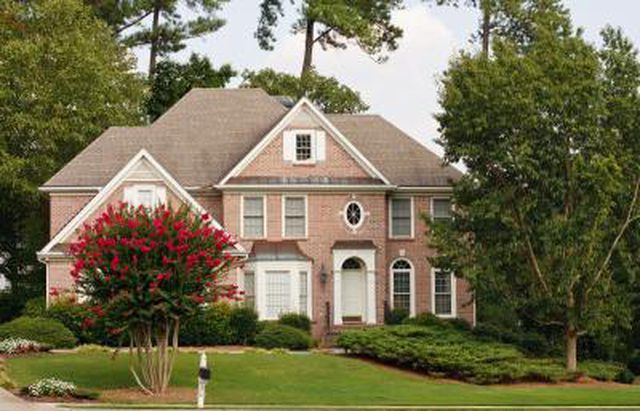
Before you purchase a dwarf flowering tree, determine your growing zone so you can be assured the tree you select will grow in your area. Many flowering trees are available that do not bear fruit, such as varieties of dogwood, Ann magnolia and crape myrtle. But most dwarf flowering trees, such as Meyer lemon, kaffir lime, apple and orange trees, produce fruit.
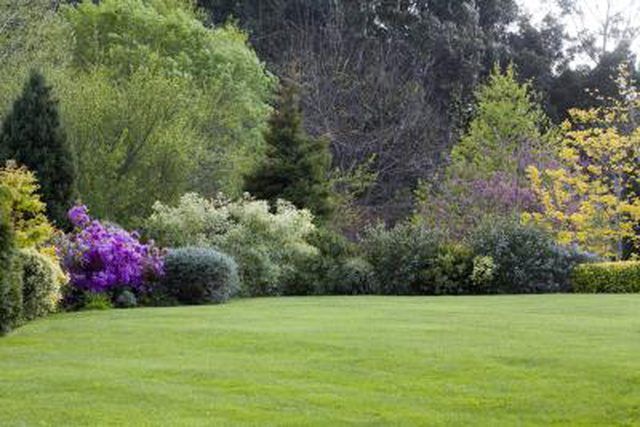
Dwarf trees are generally those trees designed to grow under 10 feet tall, but, depending on the variety, can be as small as 4 feet tall. Many kinds of full-sized flowering trees are available in dwarf sizes. These trees are ideal for small yards and can even be grown in containers. Some, such as dwarf citrus or banana trees, make excellent house plants. Do not overcrowd these trees; they need air circulation just like their full-sized counterparts.
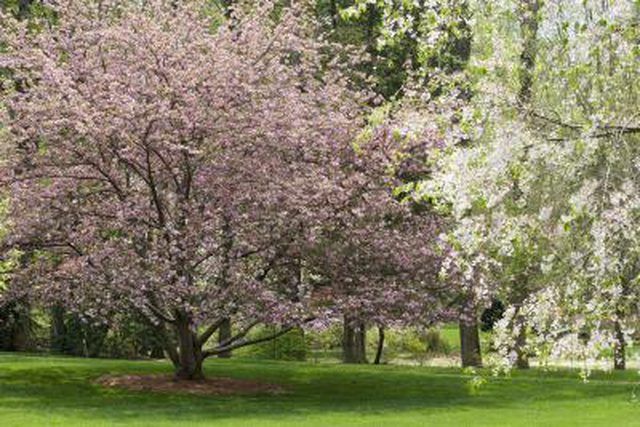
Dwarf trees need the same type of pruning as full-sized trees. Prune while the tree is dormant, usually in the late winter before new growth emerges. To improve circulation, remove any dead or diseased branches and any branches growing toward the center of the tree. Especially for dwarf flowering trees grown indoors, you can prune to shape.
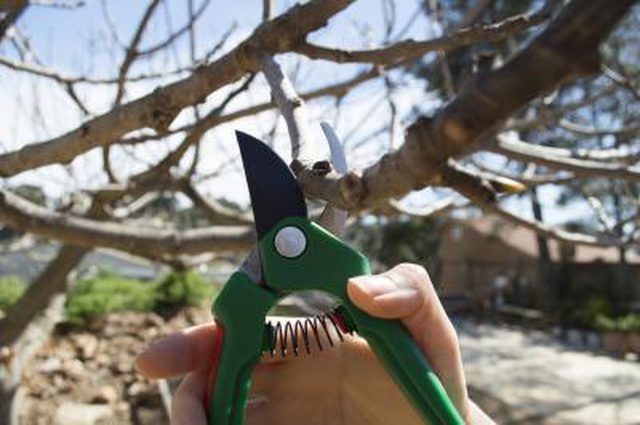
Dwarf flowering trees fall prey to the same pests as full-sized trees. Inspect them often for insect or fungus infestation. Be on the look out for deformed or discolored leaves or a decrease in the amount of flowers. These can indicate an insect infestation or the presence of fungus. Keeping your tree healthy is the best way to avoid your tree falling prey to pests. Spray your tree with an insecticidal soap, and use a fungicide if necessary to eliminate these problems.
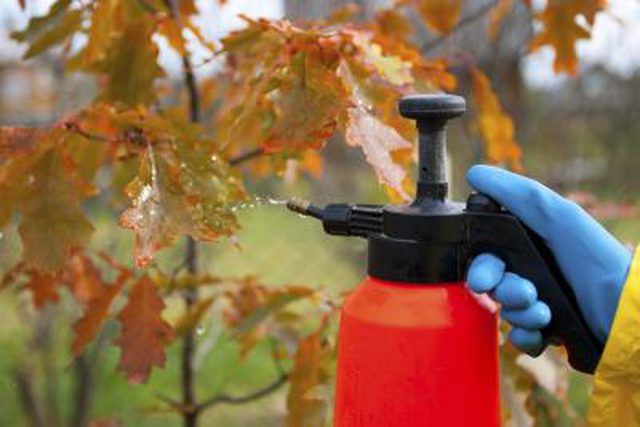
Itís important not to overcrowd your dwarf tree to avoid tree limbs becoming overloaded and breaking. When the fruits are about 1 inch in diameter, thin so the fruit is at least 6 inches apart. Pick the fruit when they are full-sized and have changed color.
